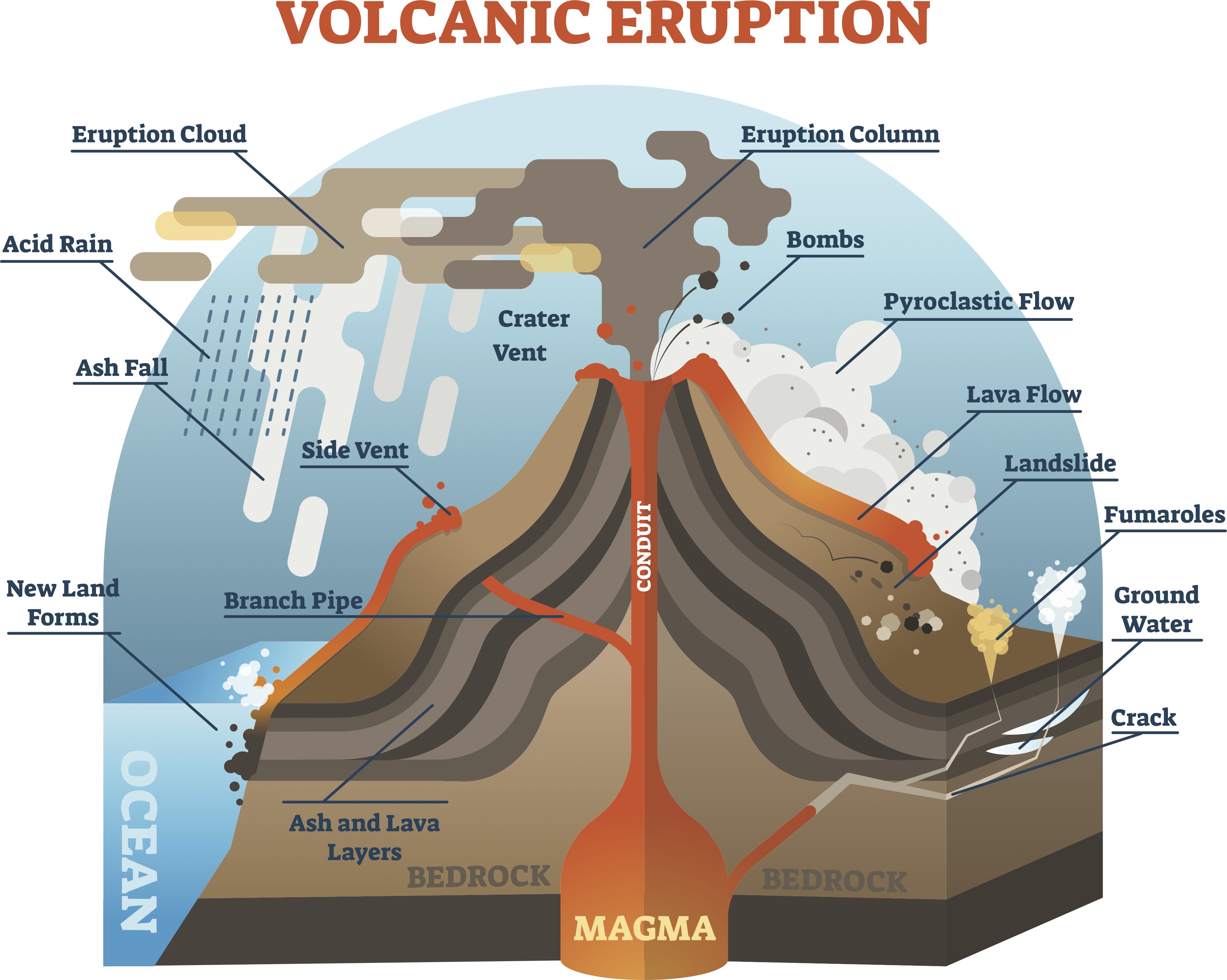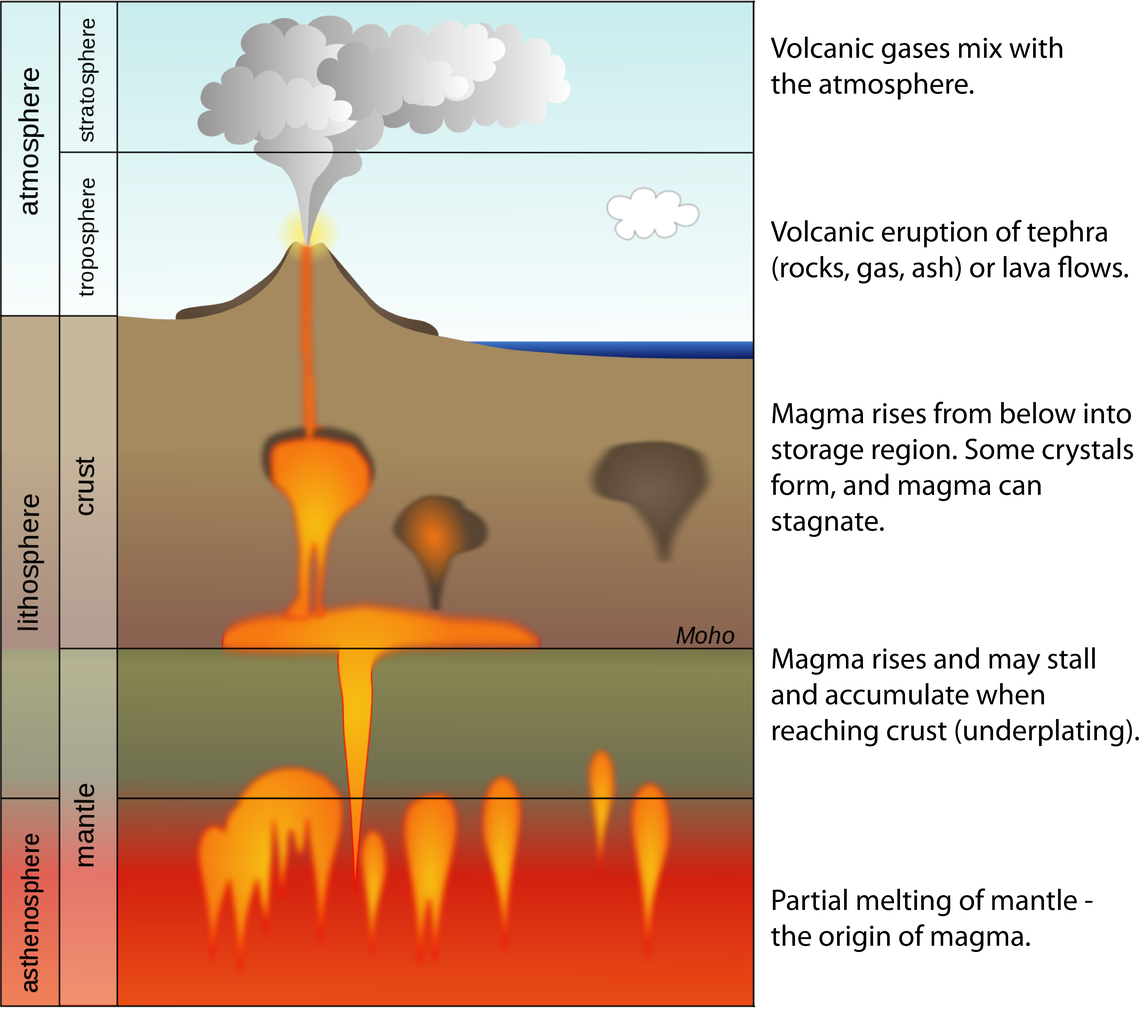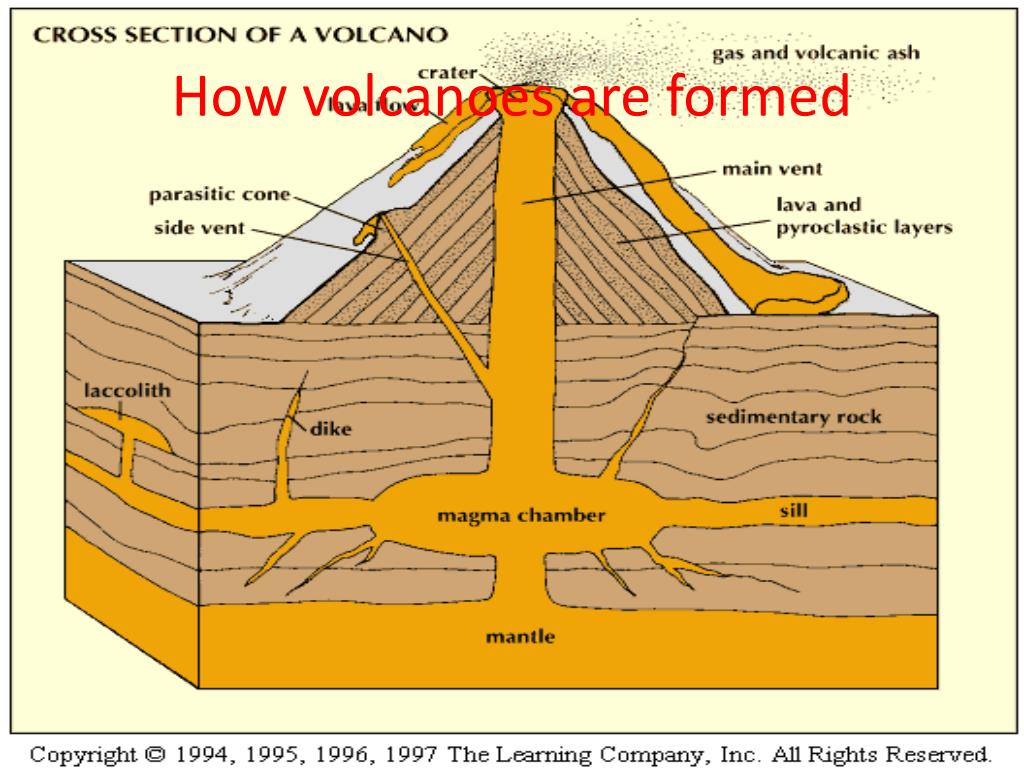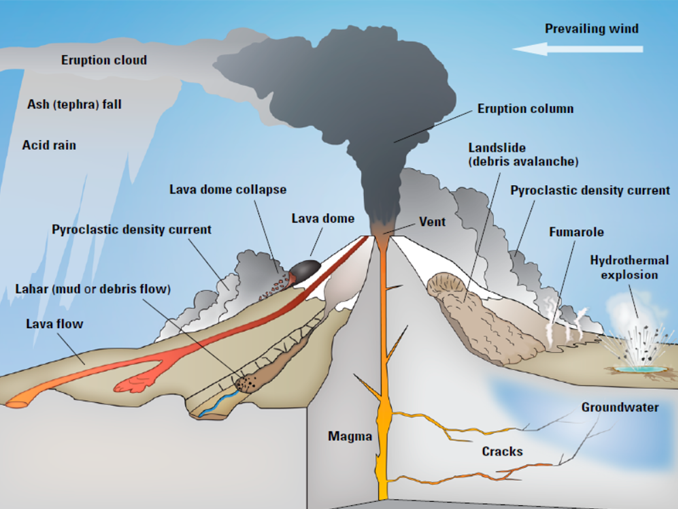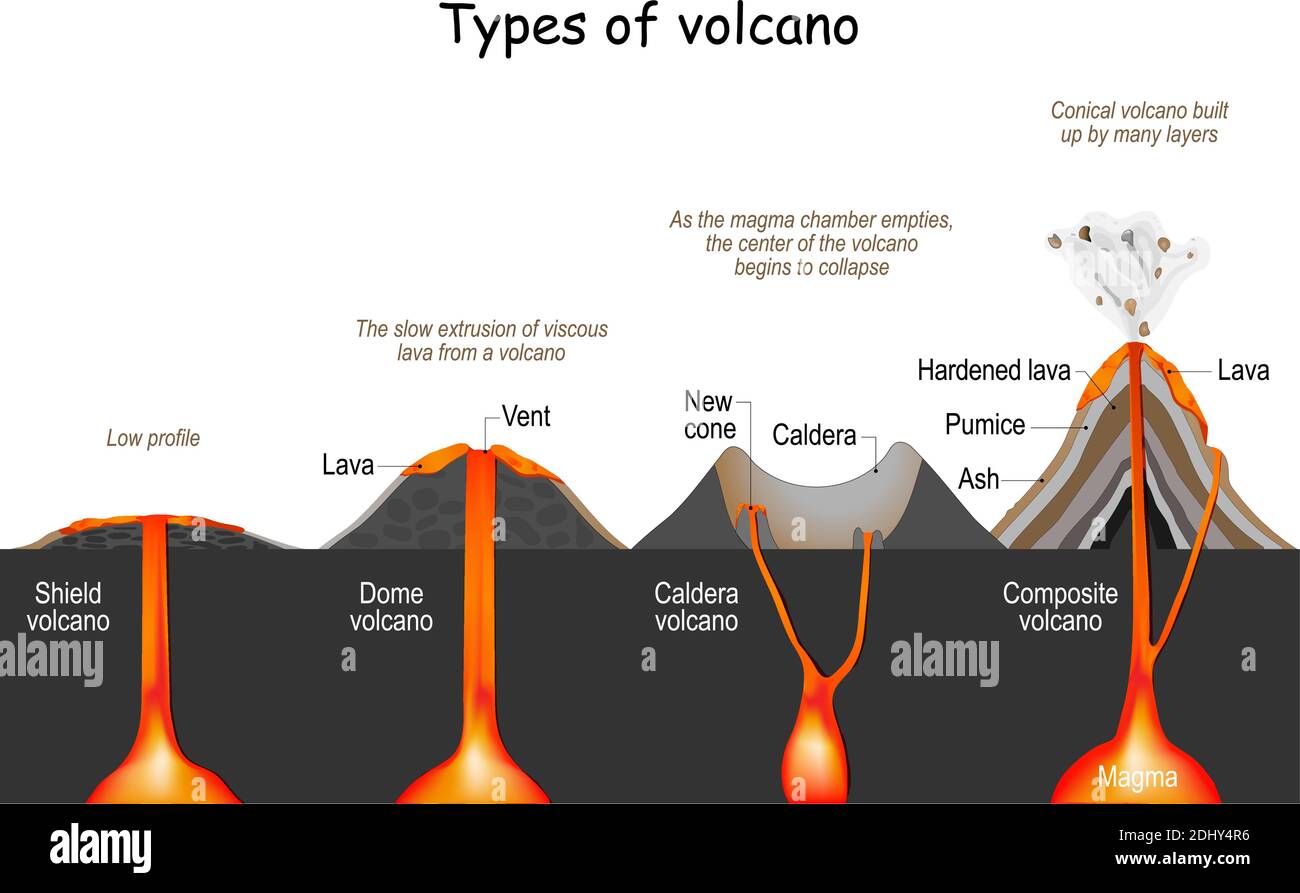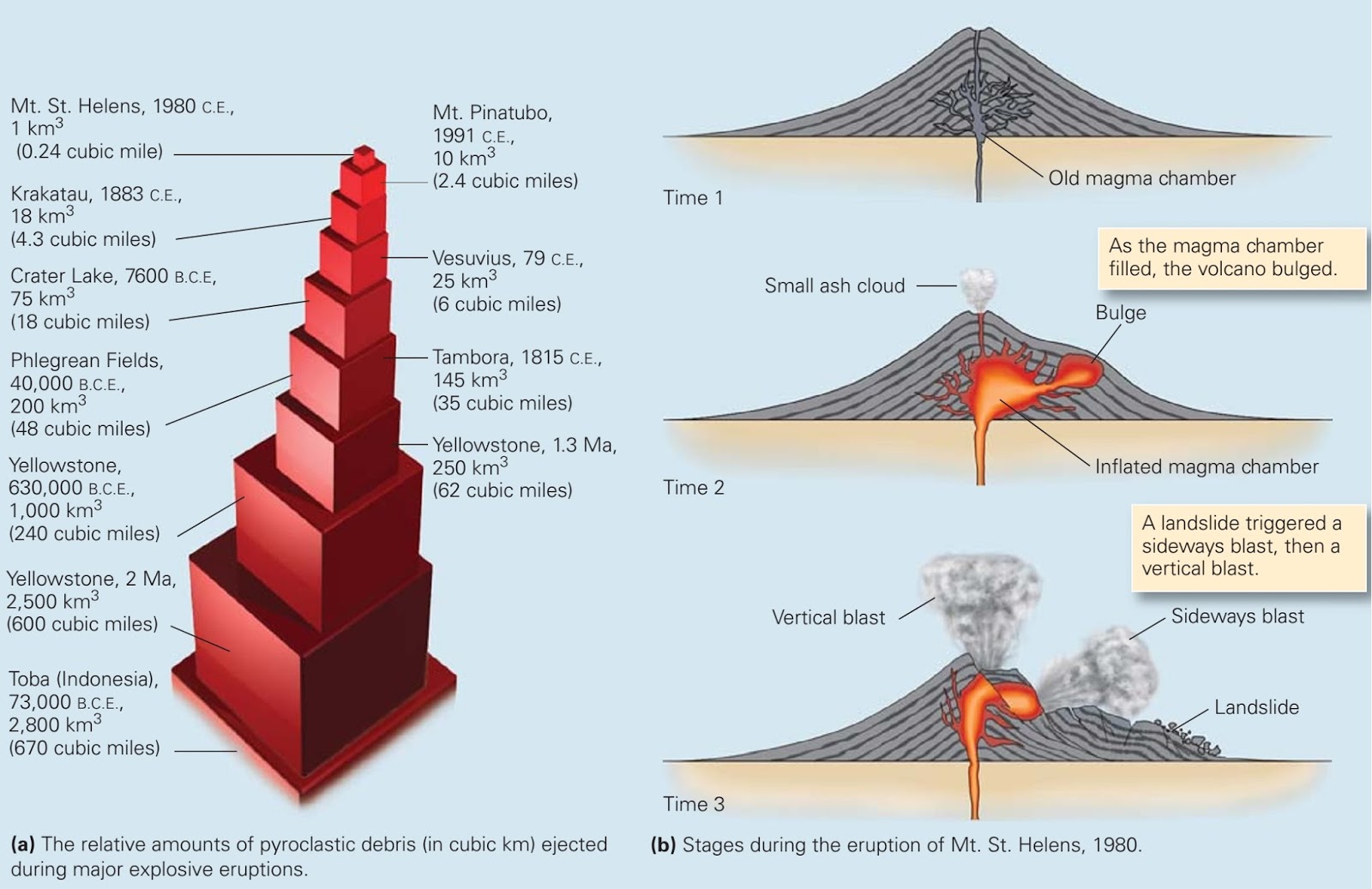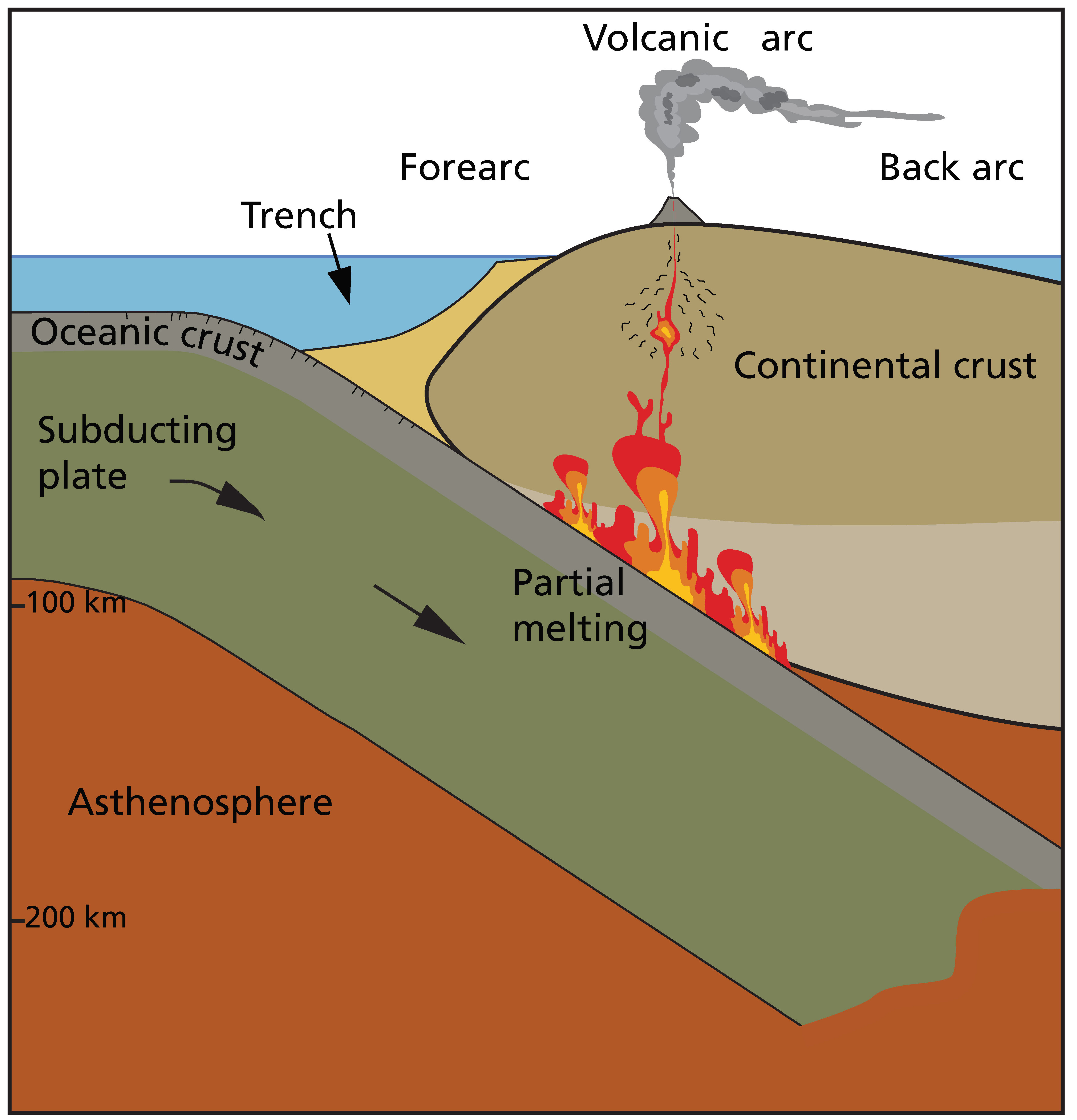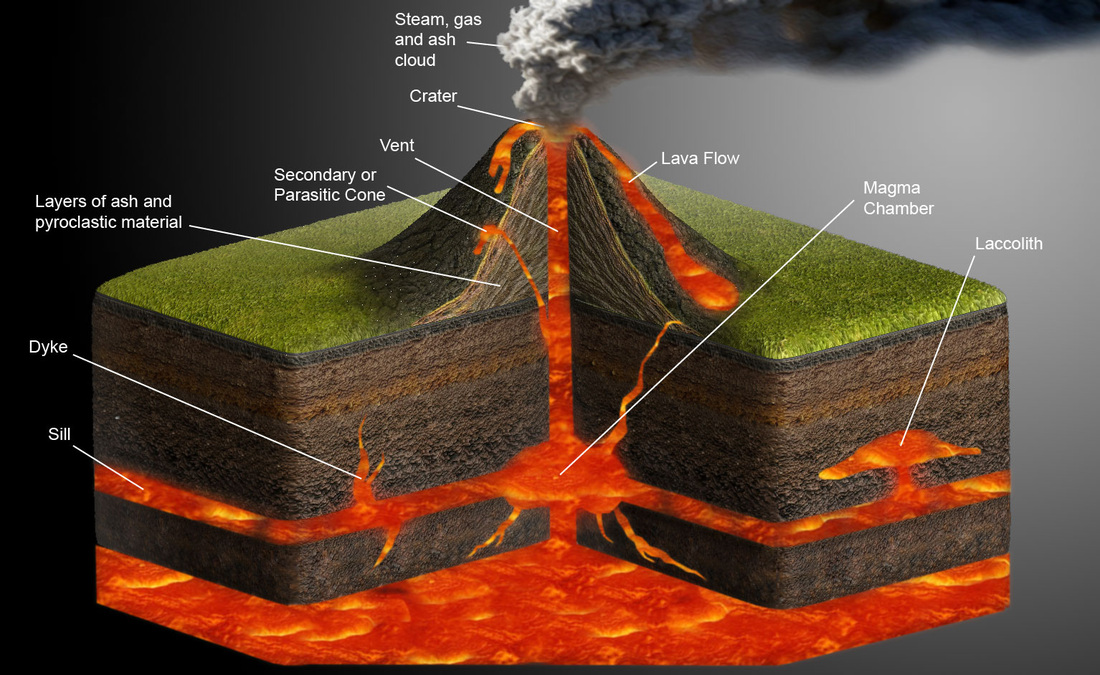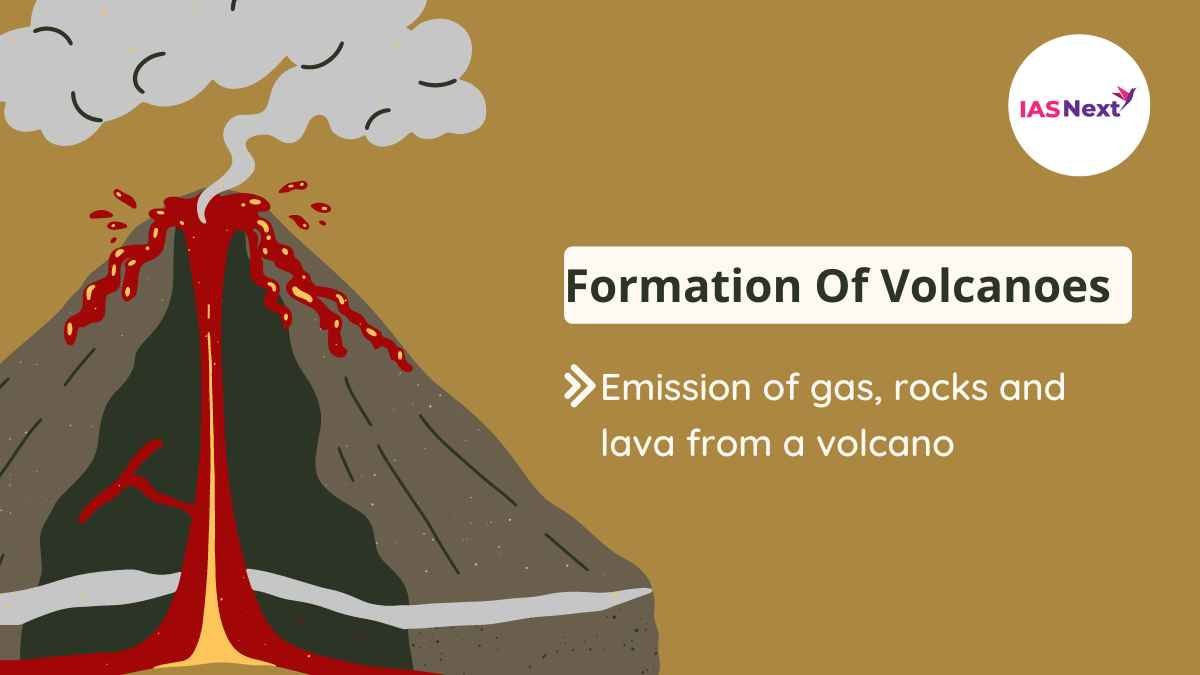What Is Typically Responsible For Forming Volcanic
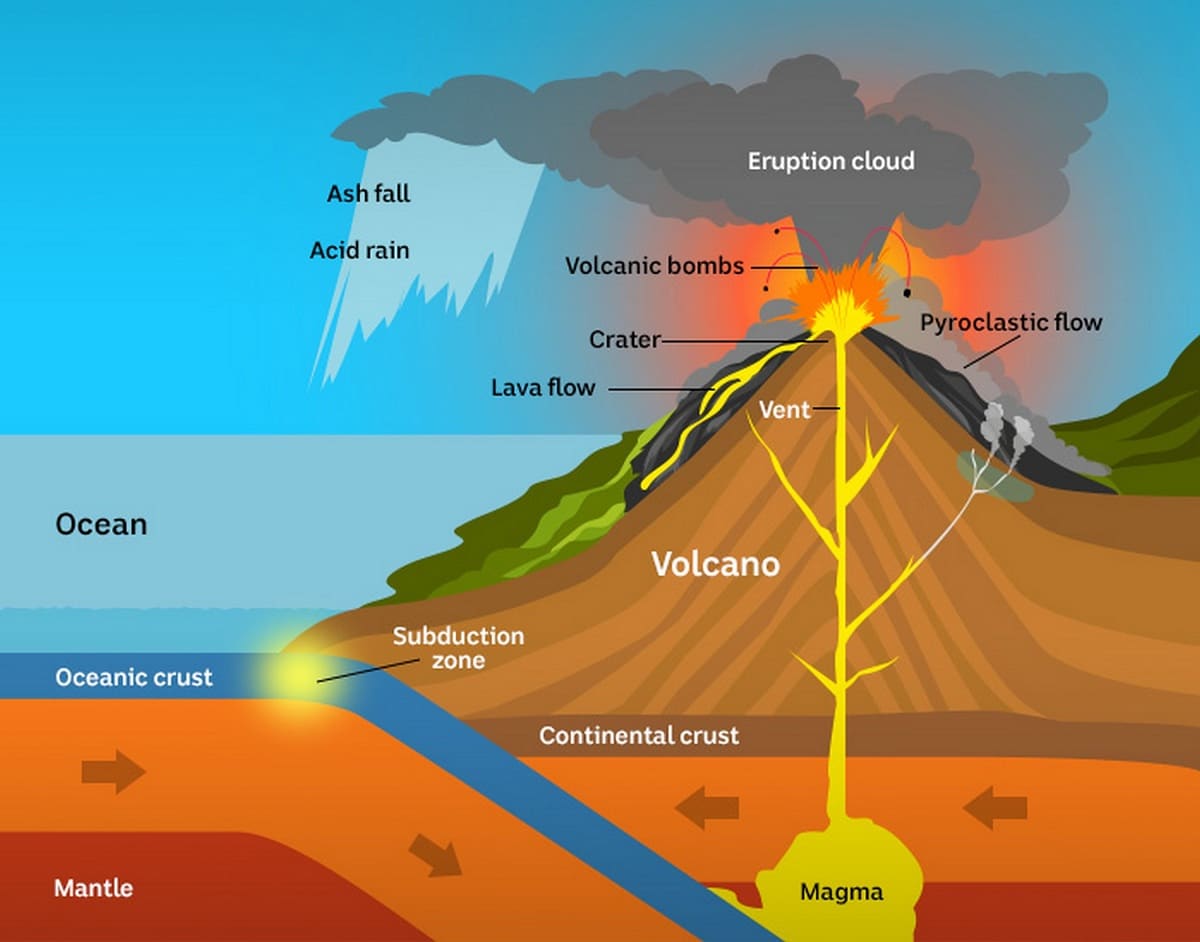
The Earth's fiery displays of volcanic activity are a testament to the powerful forces simmering beneath our feet. These dramatic events, capable of reshaping landscapes and influencing global climate, are not random occurrences. Instead, they are the result of complex geological processes playing out over vast timescales.
Understanding the mechanisms that give rise to volcanoes is crucial for hazard assessment and mitigation, as well as for deciphering the planet's dynamic history. This article delves into the primary factors responsible for the formation of volcanoes, drawing upon scientific consensus and geological evidence.
The Driving Forces Behind Volcanism
Volcanoes primarily form due to three main geological processes: plate tectonics, hotspots, and less frequently, mantle plumes. Each of these processes involves the generation of magma, the molten rock that fuels volcanic eruptions.
Plate Tectonics: A Global Jigsaw Puzzle
Plate tectonics is the most significant driver of volcanism on Earth. The Earth's lithosphere, its rigid outer layer, is broken into several large and small plates that are constantly moving and interacting with each other. These interactions create zones where magma can form and ascend to the surface.
There are three main types of plate boundaries: divergent, convergent, and transform. Volcanoes are most commonly associated with divergent and convergent boundaries.
Divergent Boundaries: These occur where plates are moving apart, such as at mid-ocean ridges. As plates separate, magma rises from the mantle to fill the gap, creating new oceanic crust. This process is responsible for the formation of shield volcanoes, which are characterized by their broad, gently sloping shape and effusive eruptions of basaltic lava. A prime example is Iceland, which sits atop the Mid-Atlantic Ridge.
The constant eruptions along mid-ocean ridges are a major contributor to the formation of new oceanic crust and play a critical role in the Earth's heat budget.
Convergent Boundaries: These occur where plates collide. When an oceanic plate collides with a continental plate or another oceanic plate, the denser plate is forced beneath the lighter plate in a process called subduction. As the subducting plate descends into the mantle, it heats up and releases water. This water lowers the melting point of the surrounding mantle rock, causing it to melt and form magma.
The magma generated at subduction zones is typically more viscous and gas-rich than that formed at divergent boundaries, leading to more explosive eruptions. Stratovolcanoes, like Mount Fuji in Japan, are characteristic of subduction zones.
The Pacific Ring of Fire, a region encircling the Pacific Ocean, is home to the majority of the world's subduction zone volcanoes. This ring is a testament to the intense tectonic activity occurring in the area.
Hotspots: Mantle's Persistent Plumes
Hotspots are areas of volcanic activity that are not associated with plate boundaries. They are thought to be caused by mantle plumes, columns of hot, buoyant rock that rise from deep within the Earth's mantle.
As a mantle plume rises, it melts the overlying lithosphere, creating magma that erupts at the surface. As the plate moves over the stationary hotspot, a chain of volcanoes is formed.
The Hawaiian Islands are a classic example of a hotspot volcanic chain. The active volcanoes on the Big Island of Hawaii are currently located above the hotspot, while the older, extinct islands to the northwest mark the past positions of the Pacific Plate as it moved over the plume.
Mantle Plumes: Deep Earth's Influence
Mantle plumes, the theorized origin of hotspots, are themselves a subject of ongoing research. While the existence of mantle plumes is widely accepted, the details of their origin, structure, and behavior are still being investigated.
Some studies suggest that mantle plumes originate near the core-mantle boundary, thousands of kilometers below the surface. Others propose that they may form at shallower depths within the mantle.
Regardless of their precise origin, mantle plumes play a significant role in the Earth's heat transfer and can influence the chemical composition of the mantle. Understanding their behavior is crucial for understanding the long-term evolution of the planet.
The Significance of Volcanic Formation
Understanding the processes that form volcanoes is essential for mitigating the risks associated with volcanic eruptions. By studying the geological setting of volcanoes, scientists can better assess the likelihood and potential impact of future eruptions.
Volcanic eruptions can have devastating consequences, including lahars (mudflows), pyroclastic flows (hot gas and ash), ashfall, and volcanic gases. Accurate hazard assessments can help communities prepare for these events and minimize their impact.
Furthermore, understanding volcanic formation is crucial for understanding the Earth's geological history. Volcanoes provide valuable insights into the composition and dynamics of the Earth's interior, helping us to reconstruct the planet's past and predict its future.
Conclusion
Volcanoes are formed by a complex interplay of geological processes, primarily driven by plate tectonics and hotspots. Understanding these processes is crucial for mitigating volcanic hazards and for unraveling the mysteries of our planet.
Through continued research and monitoring, scientists are constantly improving our understanding of volcanic formation and working to protect communities from the risks posed by these powerful natural phenomena. From the fiery depths of mid-ocean ridges to the towering peaks of stratovolcanoes, these formations offer a window into the dynamic forces shaping our world.
